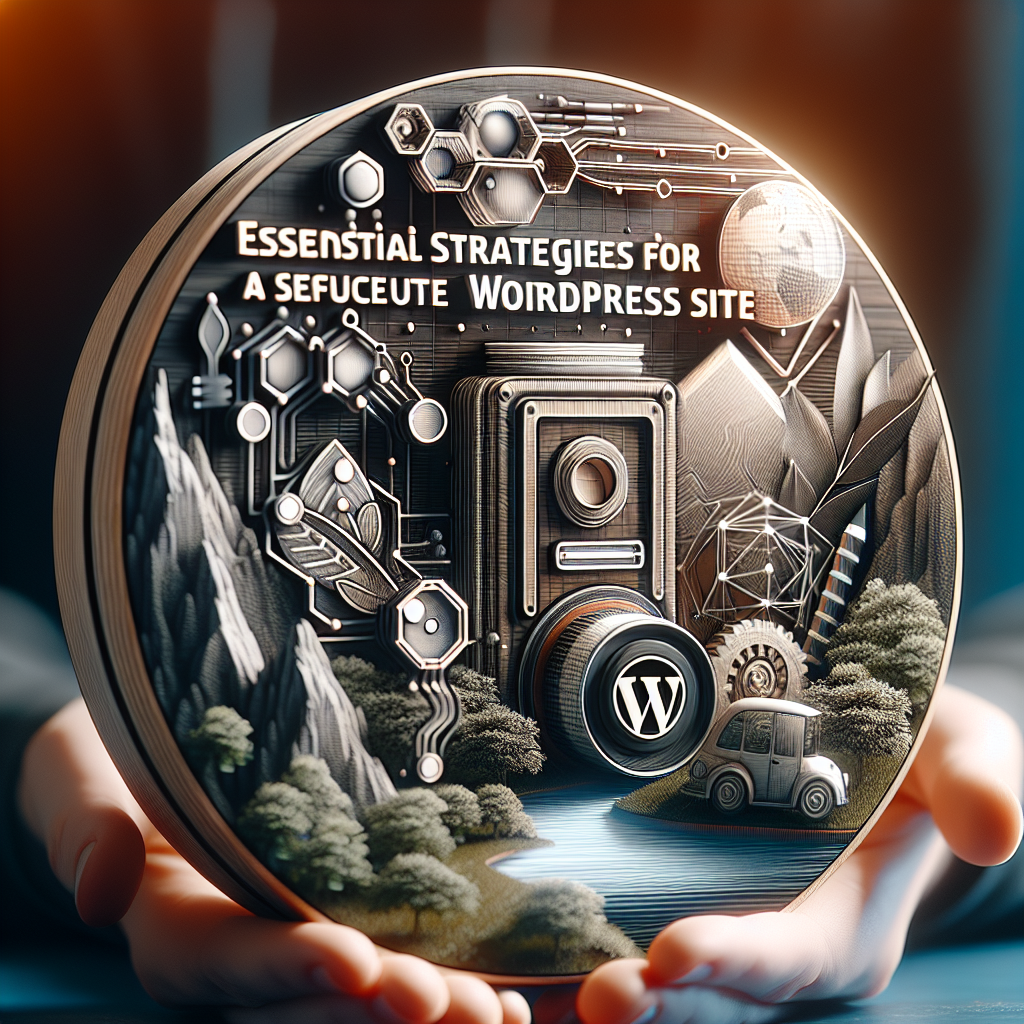Maintaining an up-to-date and secure WordPress website is essential for enhancing performance, usability, and safety from cyber threats. This article explores smart strategies for ensuring your WordPress site remains current and protected. You will discover effective methods and best practices that will empower you to keep your digital presence secure and optimized.
Regular Updates: The Bedrock of Security
One of the most critical steps in maintaining your WordPress website is regularly updating the core software, themes, and plugins. Updates often contain essential bug fixes and security patches that mitigate vulnerabilities. Here’s how to effectively manage updates:
- Enable Automatic Updates: WordPress allows you to enable automatic updates for minor releases. For major updates, consider scheduling regular checks.
- Backup Before Updating: Always create backups of your site before performing updates to avoid data loss in case something goes wrong.
- Test Updates on a Staging Site: Use a staging environment to test updates before pushing them live, ensuring compatibility and functionality.
Implementing Security Measures
While keeping software updated is crucial, additional security measures can fortify your website against attacks. Consider these strategies:
- Use Security Plugins: Leverage reputable security plugins to monitor your site for vulnerabilities, malware, and unauthorized access.
- Regular Security Audits: Conduct audits to identify vulnerabilities and rectify them proactively. This includes reviewing user access controls and permissions.
- Secure Your Login Page: Implement strong passwords and two-factor authentication (2FA) to protect your admin area from unauthorized users.
Optimizing Performance and Usability
Keeping your WordPress site up-to-date goes beyond security. Performance optimization ensures better user experience and improved search engine rankings. Follow these practices:
- Optimize Images: Compress images for faster loading times without sacrificing quality.
- Leverage Caching: Use caching plugins to improve website speed, enhancing user experience and reducing server load.
- Regular Content Updates: Keep content fresh and relevant, optimizing SEO performance and user engagement.
In conclusion, keeping a WordPress website up-to-date and secure is not just a periodic task but an ongoing commitment. By regularly updating software, implementing robust security measures, and optimizing performance, you can ensure a safe and engaging experience for your visitors. Stay proactive, and your website will thrive in the digital landscape.


